1 December 2024
Adoption is an incredible and noble way to grow your family, but it’s not without its complexities. One of the key issues that many prospective adoptive parents might overlook is the concept of adopting out of birth order. This means adopting a child who is older than the children you already have, or bringing home a child whose age disrupts the natural sequence of your family.
If you're considering adoption, you probably already know there are a lot of factors to weigh. And let’s be real, adding a child to your household is a monumental decision in itself. But when you throw birth order into the mix? It adds a whole other layer of complexity.
So, is adopting out of birth order right for your family? Let’s dive into all the aspects of this lesser-known (but super important) topic to help you explore whether it’s the right path for you.
What Does "Adopting Out of Birth Order" Actually Mean?
First, let’s clarify what we're talking about. Birth order typically refers to the sequence in which children are born into a family—firstborn, middle child, youngest, etc. Each of these "positions" has its own challenges, privileges, and expectations.When you adopt out of birth order, you're essentially changing the sequence. So instead of adopting a baby or sibling younger than your existing children, you might be adopting an older child, meaning they come into a position of being the eldest, middle, or even the youngest, regardless of where they "belong" in the natural birth order of your biological children.
Maybe you're thinking, "Okay, but why does that matter?" But trust me, it can matter a lot.
Why It Matters: The Psychology of Birth Order
Birth order isn't just a quirky detail we throw in for fun—there’s psychological weight behind it! According to psychologists like Alfred Adler, the position a child holds in their family impacts their personality, their relationship dynamics, and even their future role in society.- Firstborn children often develop leadership skills and take on additional responsibilities. They may feel displaced if an older, adopted sibling enters the family.
- Middle children tend to be the peacemakers or the ones craving attention. Disrupting this balance could lead to feelings of competition.
- Youngest children tend to be the ones receiving the most nurturing. If you suddenly bring in a child younger than them, they may lose the “baby” status and feel overshadowed.
Alter the birth order, and this balance can be shaken, sometimes leading to behavioral shifts, jealousy, or even emotional distress for your existing children (or the new one).
Challenges of Adopting Out of Birth Order
It’s easy to assume that just “adding another kid” shouldn't cause too much disruption, right? But adoption out of birth order is a unique scenario that can create challenges—both for the adopted child and your existing children. Here’s a closer look at the possible hurdles:1. Power Struggles and Sibling Rivalry
One of the most common issues families face after adopting out of birth order is sibling rivalry. If your firstborn suddenly has an older sibling, they might feel a strong sense of competition or a loss of identity.Picture this: your firstborn, who has been the leader of the pack for years, suddenly feels dethroned. Now, there’s an older sibling who might try to “take charge” or be given responsibilities or privileges that your firstborn used to enjoy.
The dynamics here can be tricky. It’s not uncommon for power struggles to happen, especially if the newly adopted child is still adjusting to your family's way of doing things and trying to carve out their own place in the lineup.
2. Attachment and Bonding Issues
Let’s say you're adopting an older child who has experienced trauma, upheaval, or multiple homes. These children often take longer to form secure attachments. Now throw in the fact that they might be feeling unsure about where they “rank” in the family hierarchy, and you could have a recipe for delayed bonding.The existing kids may also feel uncertain about how to build a relationship with their new sibling, particularly if that sibling holds a higher or lower rank than they’re used to.
3. Developmental Differences
When there’s a considerable age gap that disrupts the birth order, you may face some challenges related to developmental stages. For example, a teenager isn’t going to have the same needs or interests as a toddler, which could make fostering sibling connections harder.Think of it like mismatching puzzle pieces. Sure, they’ll fit with enough effort, but they may never quite mesh perfectly.
4. Feelings of Displacement
Your current children may feel displaced, like they’ve lost their “position” in the family. If you adopt a child older than your eldest, your firstborn could feel like they have been unceremoniously bumped from their place of authority. Losing that special “firstborn” role can be a difficult adjustment, even if they don't show it right away.At the same time, younger children may feel apprehensive if suddenly there's another “baby” in the family who is demanding more attention. 
Benefits of Adopting Out of Birth Order
Now that we’ve discussed some possible challenges, let’s get into the good stuff. Despite the obstacles, there are some significant potential upsides to adopting out of birth order.1. Providing a Loving Home for an Older Child
Older kids are often the last to be adopted. Many prospective parents are scared of the challenges we discussed earlier and tend to focus on adopting infants or younger children. By adopting out of birth order—especially an older child—you may be giving someone a chance for a forever family who might otherwise age out of the foster care system or adoption agency.This is an incredible gift, both for the child and for your family. The experience of giving an older child a chance is unparalleled and can be life-changing, not only for them but for you as well.
2. Broadening Horizons for Your Existing Kids
Yes, adopting out of birth order can present challenges, but it can also be an eye-opener. Your biological children will learn empathy, patience, adaptability, and perhaps even a new perspective on family roles and teamwork.The experience of embracing a new sibling who may come from a different background, culture, or even country can offer valuable life lessons.
3. Creating a Unique Family Dynamic
Let’s be clear—no family is perfect. Whether you adopt in-order or out-of-order, there will always be some adjustments. The beauty of adoption (out of birth order or not) is that it’s about creating a family that works for you, and that can look different from any other household out there.Kids often rise to the occasion, and over time, your family's unique makeup may lead to relationships and bonds that you couldn’t have even imagined.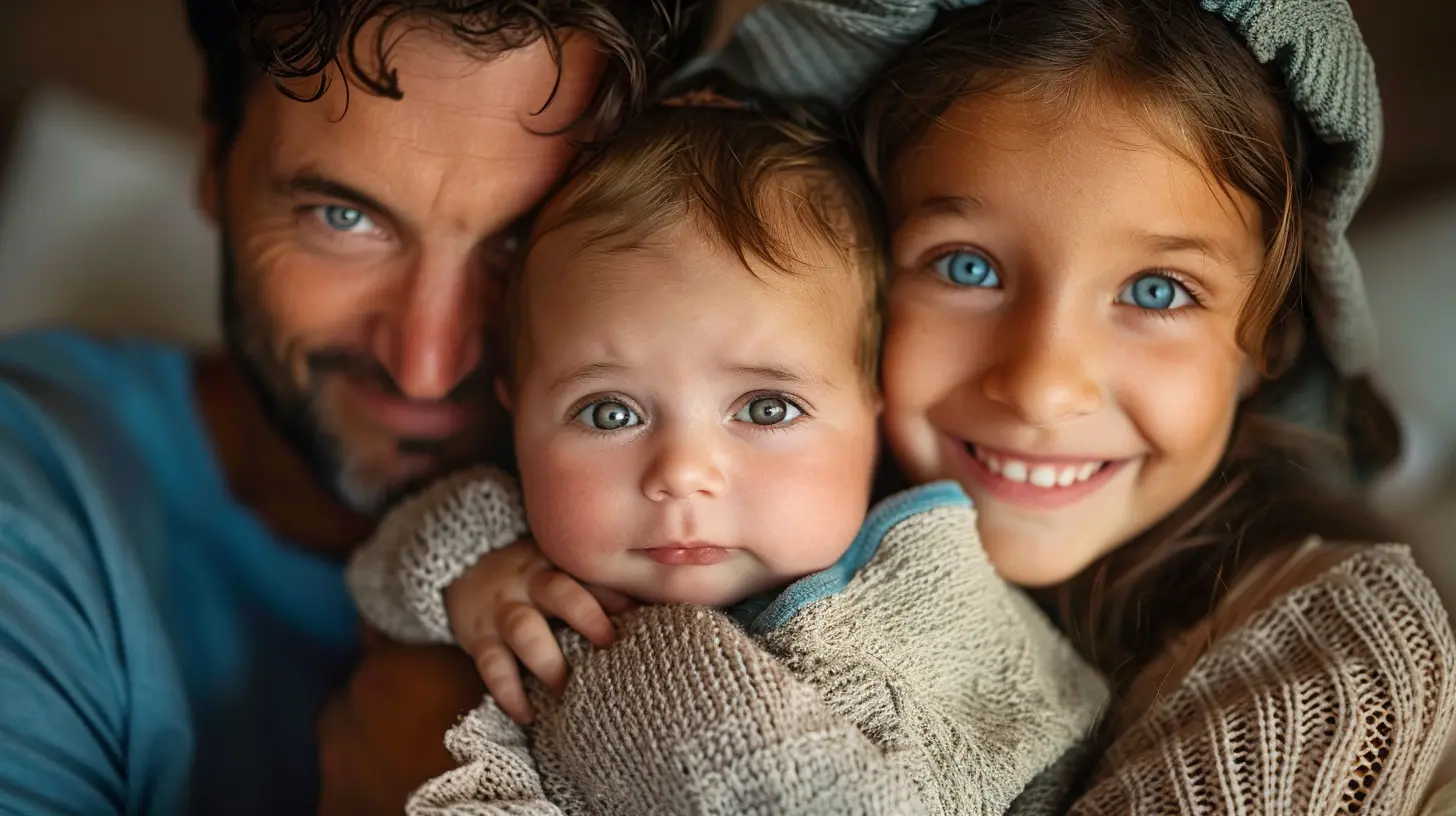
How to Navigate Adopting Out of Birth Order
If you’re seriously considering adopting out of birth order, there are some steps you can take to help make the transition smoother for everyone involved.1. Prepare Your Children
The sooner you start talking to your kids about the adoption and the potential change in family roles, the better. Be open and honest about what adopting out of birth order could mean for them personally. Ask them how they feel about gaining an older or younger sibling, and take their feelings seriously. Kids crave honesty, and preparing them mentally can ease the transition.2. Set Expectations Early On
It’s crucial to set clear expectations—both for your existing children and for the child you are adopting. Explain that while the family dynamics will change, love, attention, and effort will remain abundant. When older children are adopted, they sometimes expect to assume a leadership or dominant role in the family, so make it clear what your family's values and structures will look like moving forward.3. Prioritize Attachment and Bonding
Whether the adopted child is older or younger than your current children, creating strong bonds is crucial. Make an effort to spend one-on-one time with each of your children to maintain close relationships. Plan family activities that encourage teamwork or bonding to help your kids get to know each other without competing for roles.Final Thoughts: Is Adopting Out of Birth Order Right for Your Family?
Adopting out of birth order is a big decision with its own set of unique challenges. There’s no one-size-fits-all answer here. It’s about your family’s ability to adapt, communicate, and love through the transitions.Ultimately, it boils down to this: Are you equipped to balance the emotional, psychological, and relational dynamics that come with altering birth order? If the answer is yes, then this could be an incredible opportunity to provide a loving home to a child who needs one, all while growing closer as a family in the process.
Parenting is never entirely straightforward, and adoption only adds to the adventure. But remember—every child deserves a home, love, and the chance to fit into a family, no matter what the birth order looks like!


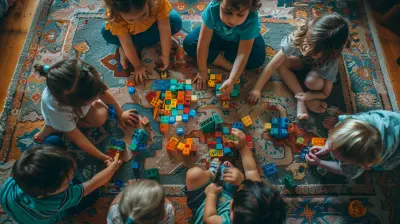



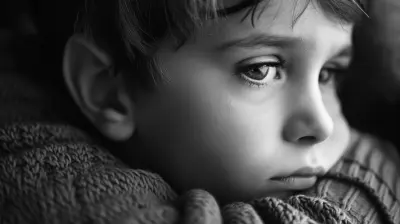
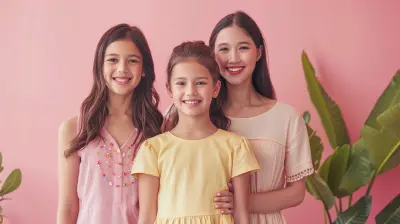

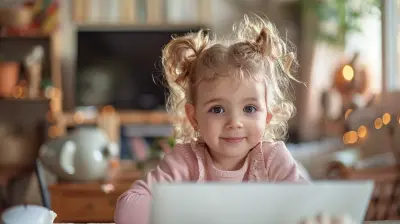
Coral Morales
Adopting out of birth order? It’s like rearranging a jigsaw puzzle—sometimes the pieces fit better where you least expect them!
March 27, 2025 at 3:38 AM